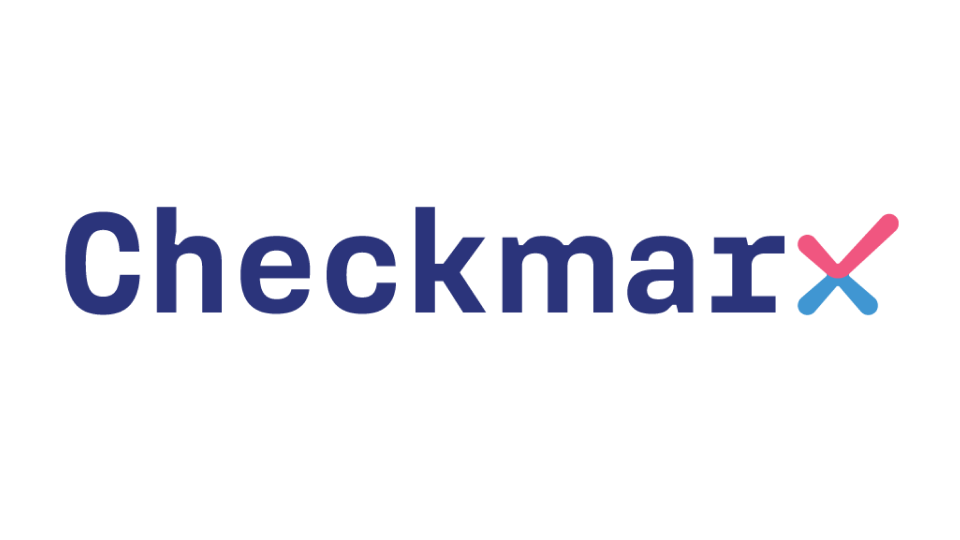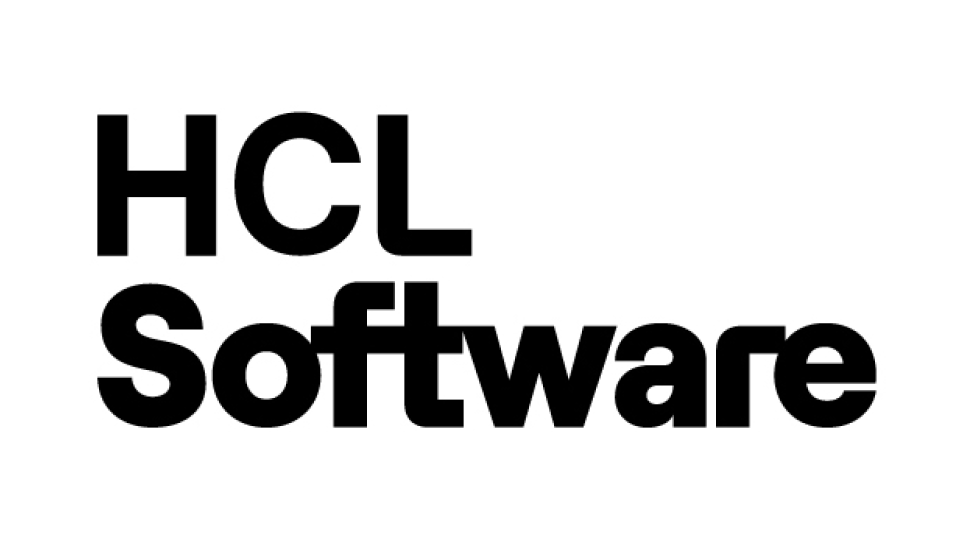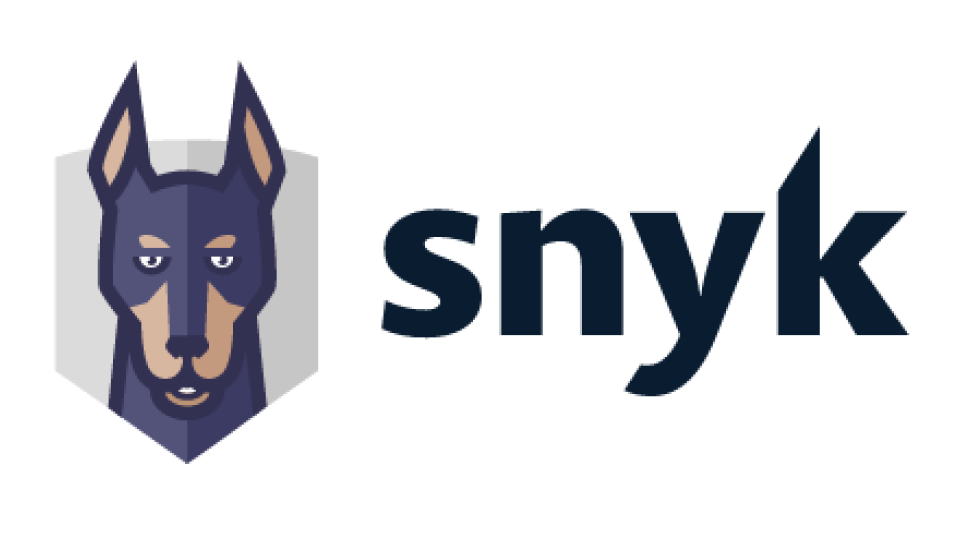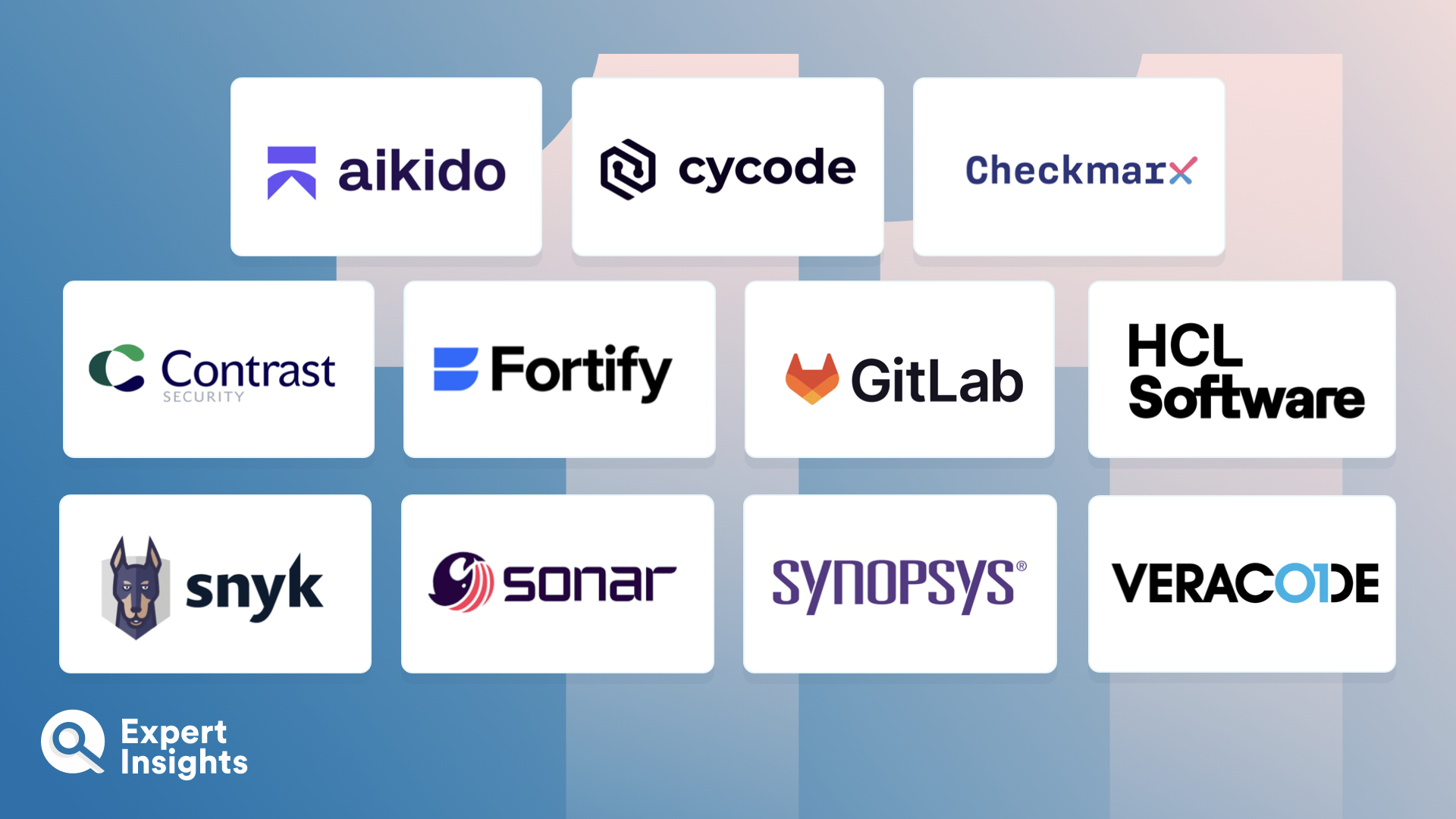Everything You Need To Know About SAST Tools (FAQs)
What Is Static Application Security Testing (SAST)?
Static Application Security Testing (SAST) Tools analyze applications at the code level to identify any flaws or vulnerabilities that could be exploited once the software is in use. Most problems in an app can be traced back to the code, which is why this type of analysis is highly effective. This is an integral part of the software development life cycle.
How Do SAST Tools Work?
SAST tools read and analyze every single line of code in an application, cross referencing them with a database of known errors or vulnerabilities. If any sections of code match these known errors, the solution highlights that section and alerts the relevant team members so they can fix it.
By combing through each line of code in this way, SAST tools reduce the likelihood of threat actors being able to exploit any vulnerabilities with attacks such as SQL injections, server-side injections, and command injections.
When looking for a static analysis tool, you may see references to DAST (Dynamic Application Security Testing), this takes a different approach securing code. IAST (Interactive Application Security Testing) is another similar testing method to identify security issues.
Why Should You Use A SAST Tool?
SAST tools offer several benefits:
- Early detection of vulnerabilities: Identifying security weaknesses and critical vulnerabilities early on can be much less costly and time consuming than fixing those same issues at later stages.
- Compliance adherence: Static analysis tools help you to meet security compliance standards by ensuring code is written in line with best security practices.
- Enhanced security posture: SAST tools can help cultivate a security-conscious development environment by getting your dev team thinking more about security and showing them exactly where in the code the issues lie.
- Integration with DevOps: You can integrate a SAST tool with your DevOps processes to incorporate security checks within the continuous integration/continuous deployment (CI/CD) pipeline.
The Best SAST Solutions For Business: Shortlist FAQs
Why should you trust this Shortlist?
This article was written by Alex Zawalynski, the Content Manager at Expert Insights, who works along software experts to research, write, fact-check, and edit articles relating to B2B cyber security and technology solutions. This article has been technically reviewed by our technical researcher, Laura Iannini, who has experience with a range of cybersecurity platforms and conducts thorough product tests to ensure that Expert Insights’ reviews are definitive and insightful.
Research for this guide included:
- Interviewing executives in the SAST space, as well as the wider application security industry, for first-hand insight into the challenges and strengths of different solutions
- Researching and demoing solutions in the SAST space and wider application security categories over several years
- Speaking to several organizations of all sizes about their SAST challenges and the features that are most useful to them
- Reading third-party and customer reviews from multiple outlets, including paid industry reports
This guide is updated at least every 3 months to review the vendors included and ensure that the features listed are up to date.
Who is this Shortlist for?
We recommend that all software development teams use some form of application security to ensure the accuracy, integrity, and security of their code. This list has therefore been written with a broad audience in mind.
How was the Shortlist picked?
When considering SAST solutions, we evaluated providers based on the following criterion:
Features: Based on conversations with vendors, end customers, and our own testing, we selected the following key features:
- Integration: A SAST tool should readily integrate with a dev team’s application development workflow. This will allow it to scan and monitor code throughout the app’s entire development journey.
- Comprehensive database: SAST solutions should be linked to a large—and continuously updated—database of known threats and vulnerabilities.
- Appropriate notifications: When it detects errors, misconfigurations, or vulnerabilities, a SAST solution should notify relevant users, ensuring that they understand the findings and can respond to them.
- Remediation: Traditional SAST tools focused on identifying vulnerabilities, but many modern solutions provide training materials and actionable intelligence explaining how best to resolve an issue.
- Low false positive rate: As SAST solutions go through every single line of code, they tend to pick up errors that do not pose a direct security risk. The best SAST solutions consider the impact and relevance of an issue before alerting the dev team. This allows developers to focus on genuine threats, rather than being sidelined by false positives.
- OWASP Top 10: The OWASP Top 10 is a directory that indexes the most common and most critical security risks to web applications. SAST solutions should be designed around this framework and optimized to identify this broad range of threats.
Market perception: We reviewed each vendor included on the Shortlist to ensure they are reliable, trusted providers in the market. We reviewed their documentation, third-party analyst reports, and—where possible—we have interviewed executives directly.
Customer usage: We use market share as a metric when comparing vendors and aim to represent both high market share vendors and challenger brands with innovative capabilities. We have spoken to end customers and reviewed customer case studies, testimonials, and end user reviews.
Product heritage: Finally, we have looked at where a product has come from in the market, including when companies were founded, their leadership team, their mission statements, and their successes. We have also considered product updates and how regularly new features are added. We have ensured all vendors are credible leaders with a solution we would be happy to use ourselves.
Based on our experience in the AppSec and broader cybersecurity market, we have also considered several other factors, such as the benefit of consolidating multiple features into a single platform, the quality of the admin interface, the customer support on offer, and other use cases.
This list is designed to be a selection of the best SAST providers. Many leading solutions have not been included in this list, with no criticism intended.


















